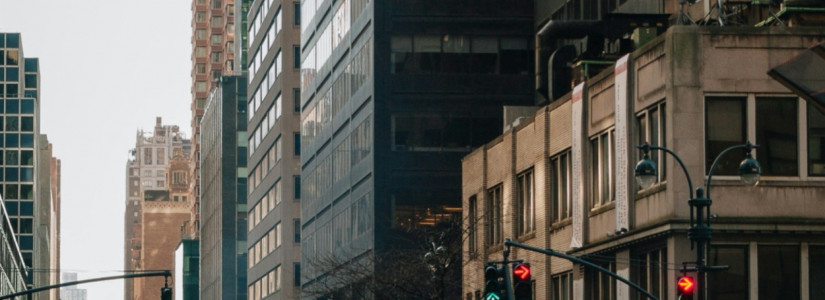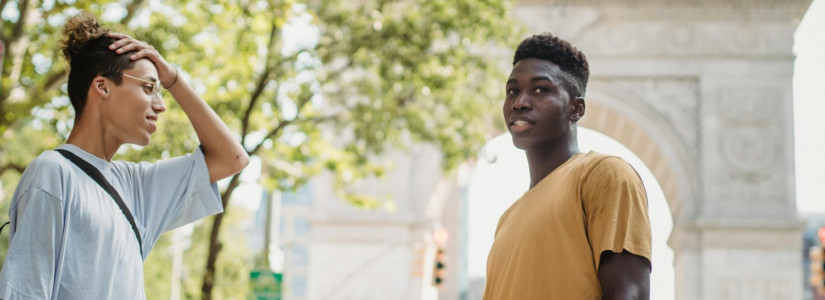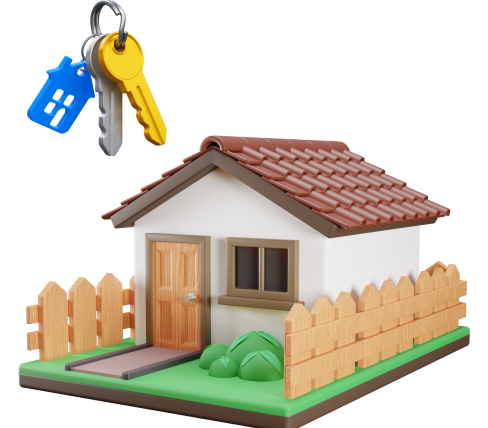COVID Boosts These Real Estate Trends While Causing Others to Slow Down
Being aware of real estate trends can help you make good decisions when buying, selling, or renting property. However, a lot of tried and true housing trends are being turned on their head by the COVID-19 pandemic. Even as many coronavirus lockdowns end, real estate experts predict these trends will continue throughout the new year.
Buyers Prioritize Suburban Housing
One of the biggest trends during COVID-19 has been people moving to the suburbs. The biggest draws of urban living, like plenty of restaurants, entertainment venues, and career opportunities, are not present during the pandemic. Meanwhile, more and more buyers are seeing the appeal of having plenty of space and their own backyard. With the ability to work remotely, less people are willing to pay the sky-high prices for real estate in crowded cities. All of these trends combine to mean that suburban housing is booming.
For the next three to five years, the annual Emerging Trends in Real Estate Report predicts that people will prefer suburbs over urban living. A few mid-sized urban areas known for a younger workforce, including Charlotte, Denver, Dallas, Nashville, and Seattle, are predicted to still have some real estate growth. However, the extra-large, densely packed urban environments like New York and San Francisco are less likely to see much improvement.
Less Focus on Multi-Family Housing
In the pre-COVID market, there was a huge amount of growth in the multi-family housing sector. Now, most analysts agree that this is on the decline. Those who can afford to purchase a home are leaning towards single-family properties instead of condos or townhomes. Multi-family rental properties are also seeing a decline in interest, since many people in their target demographic have moved in with family members to save money.
Increased Interest in Proximity to Public Open Space
Another growing trend in the real estate market is a desire to be near public open spaces. Buyers are showing a marked preference for houses close to public parks, hiking trails, community gardens, and public sports courts. This trend is mostly due to the fact that people feel it is safer to be outside instead of indoors right now. However, even after COVID ends, properties near public open spaces will still fare well. Research shows that homes near a park are valued 8 to 20 percent higher than similar properties.
Declining Investment in Multi-Use Housing
For a while, the next big thing in the housing market was multi-use urban buildings intended to contain homes, workspaces, retail, and restaurants. These sorts of commercial housing projects are slowing down. Part of the reason for the decline is that wary investors are not interested in starting new projects during a time of economic uncertainty. The other factor is that most homeowners dislike the idea of being somewhere busy. The pandemic has made many people feel safer in quieter, less dense environments.
More of a Need for Home Offices and Closed Floor Plans
Some experts predict that housing trends are finally moving away from the trendy model of an open floor plan with a few bedrooms. They credit the lengthy lockdowns with much of this change. After being stuck mostly at home for months, most families are starting to realize that one open living space is not ideal. Instead, they are starting to lean towards playrooms, closed kitchens, and other segmented rooms that help promote privacy and add a sense of variety to the schedule. With many workers till working remotely, there is also a growing need for a dedicated home office space. This is resulting in many buyers who want homes with more bedrooms or additional bonus rooms.
Final Thoughts
Ultimately, COVID-19 may change people's housing needs for a little while. In general, there is a shift towards homes with more square footage, affordable prices, and access to outdoor spaces. At the same time, less people are showing an interest in properties with access to public transport, retail centers, and business sectors. It is impossible to predict if these trends will be long lasting, but in the near future, they are likely to stick around for a little bit.









